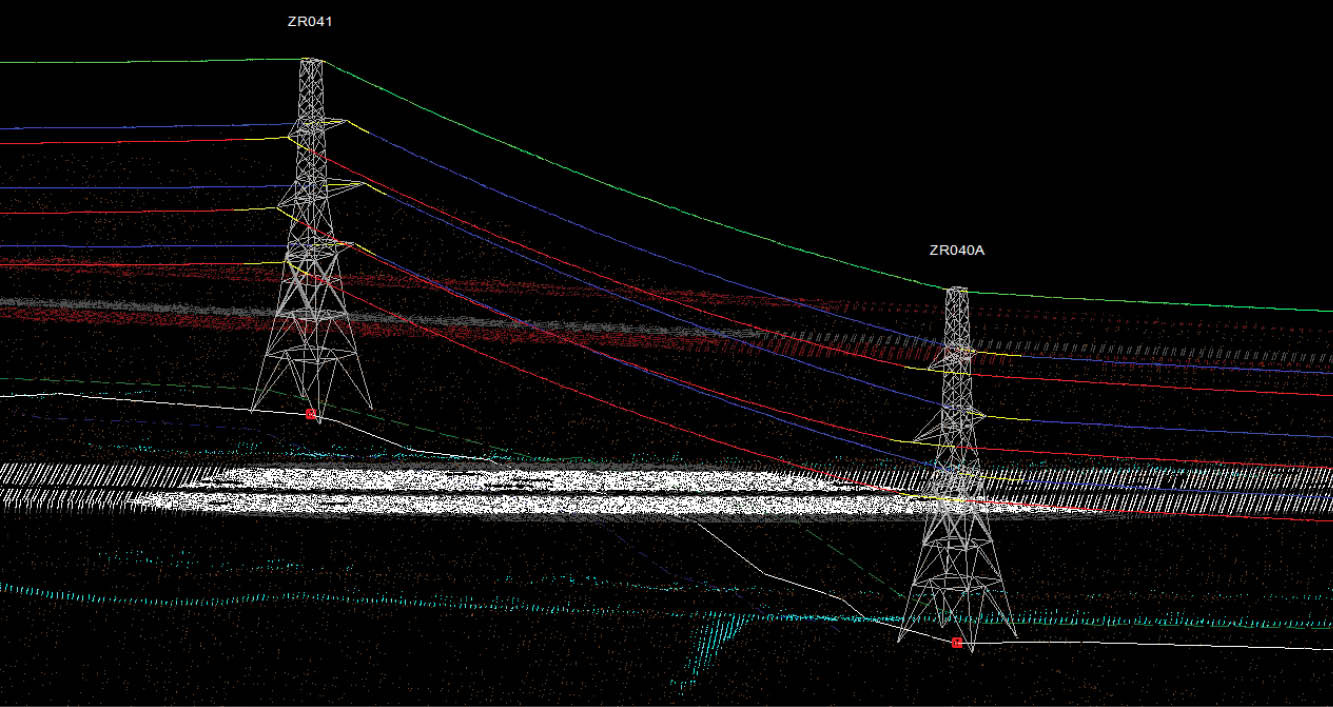What are line rating studies and why are they important?
What are line ratings?
Thermal ratings or line ratings refer to the maximum safe temperature that a powerline can be operated at. This is crucial as a line will have a minimum clearance distance to ground and other objects that it must meet. If the line infringes this minimum distance, it can pose a significant safety risk to the public, as well as affect the reliability of the circuit. As such utilities spend a lot of time and effort in ensuring they are compliant with these regulatory clearance requirements. A line rating study is the process of checking that each circuit is compliant and rectifying any that do not meet this standard.

How are line ratings performed?
Historically a line designer would have rated the line using a plastic sag template to draw the catenary. Checking the temperature against all the relevant objects in the right-of-way to determine the maximum rating.
This is now completed using software to assess clearances. Combining accurate spatial data with specialist software, such as PLS-CADD, line designers can dynamically check clearances at any specific rating. Identifying precisely the nature and location of thermal constraints and tweaking the design to resolve any infringements. This means rating studies can deliver a much more effective solution, not merely if a line is compliant at the original rated temperature.

